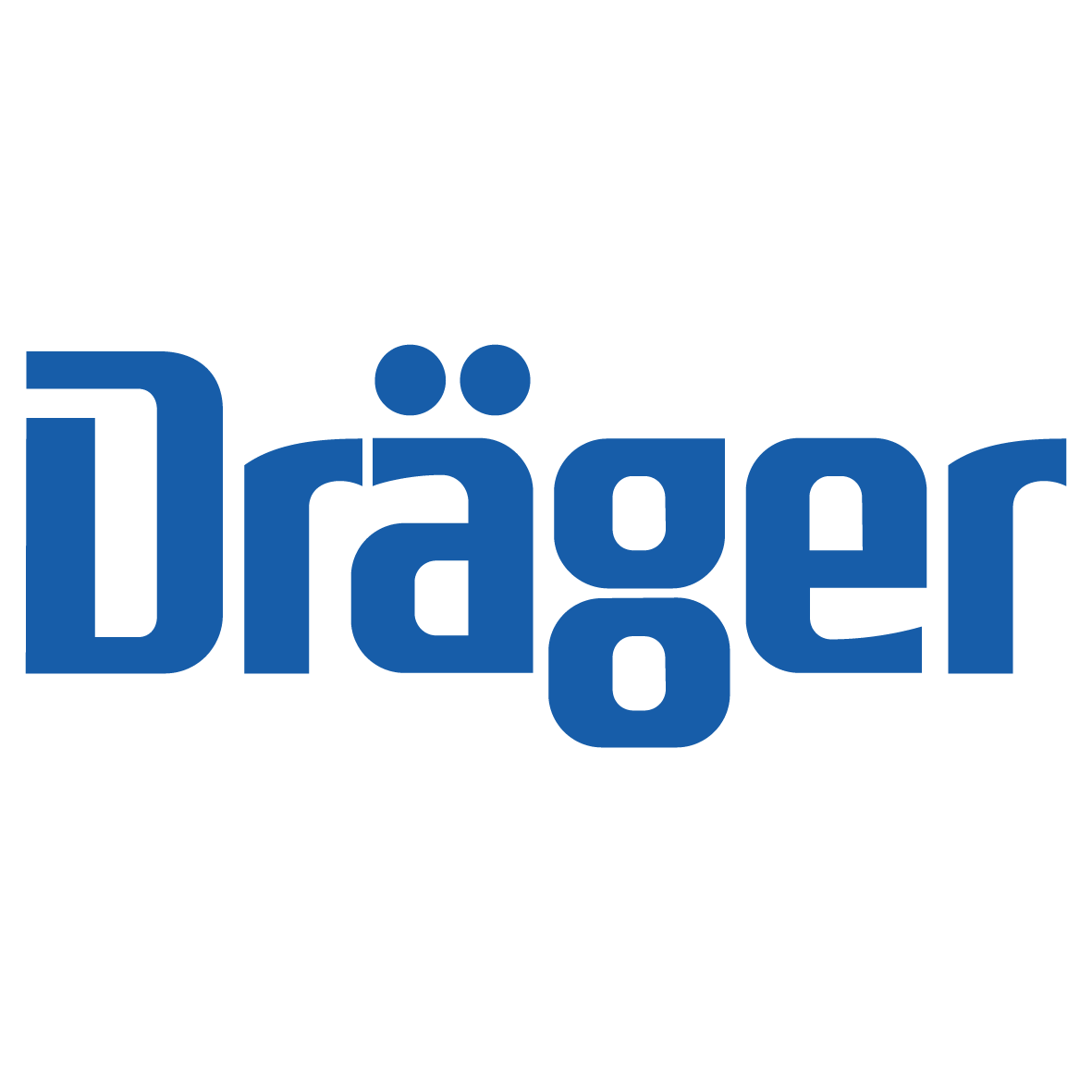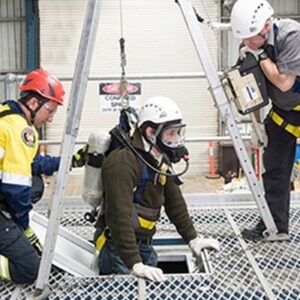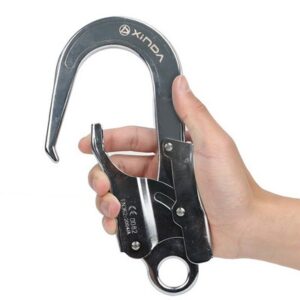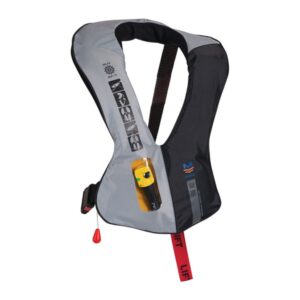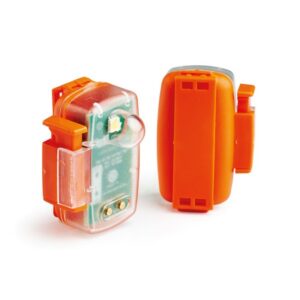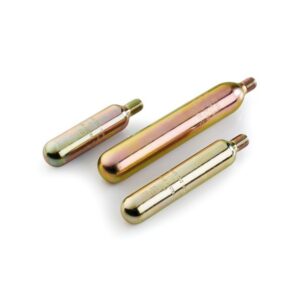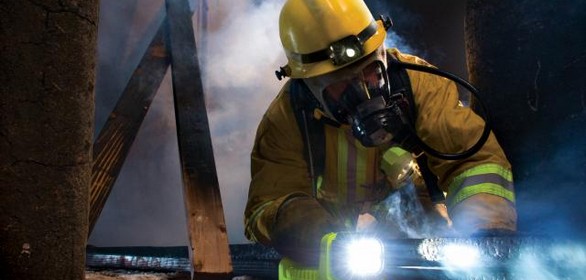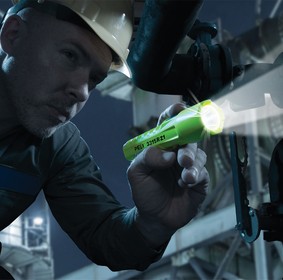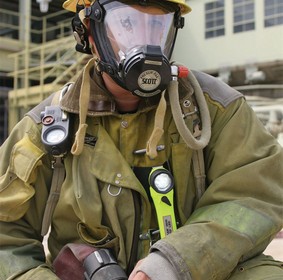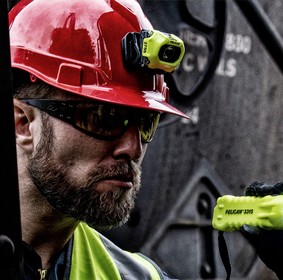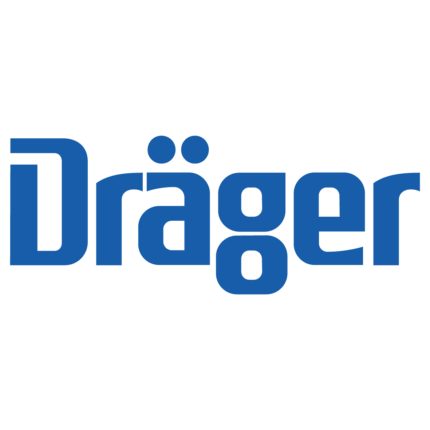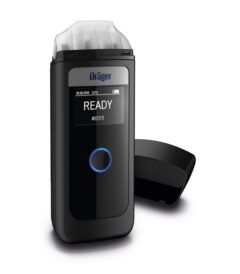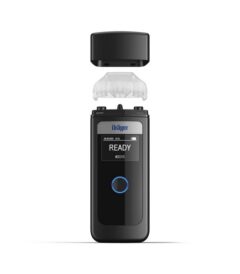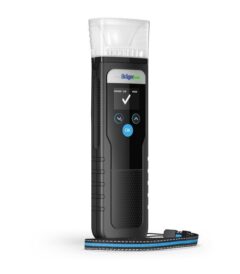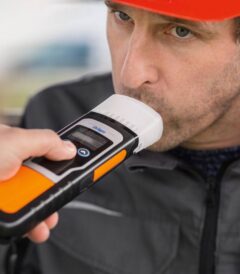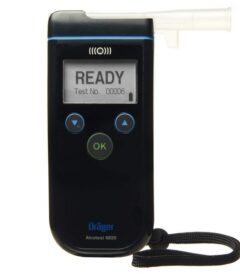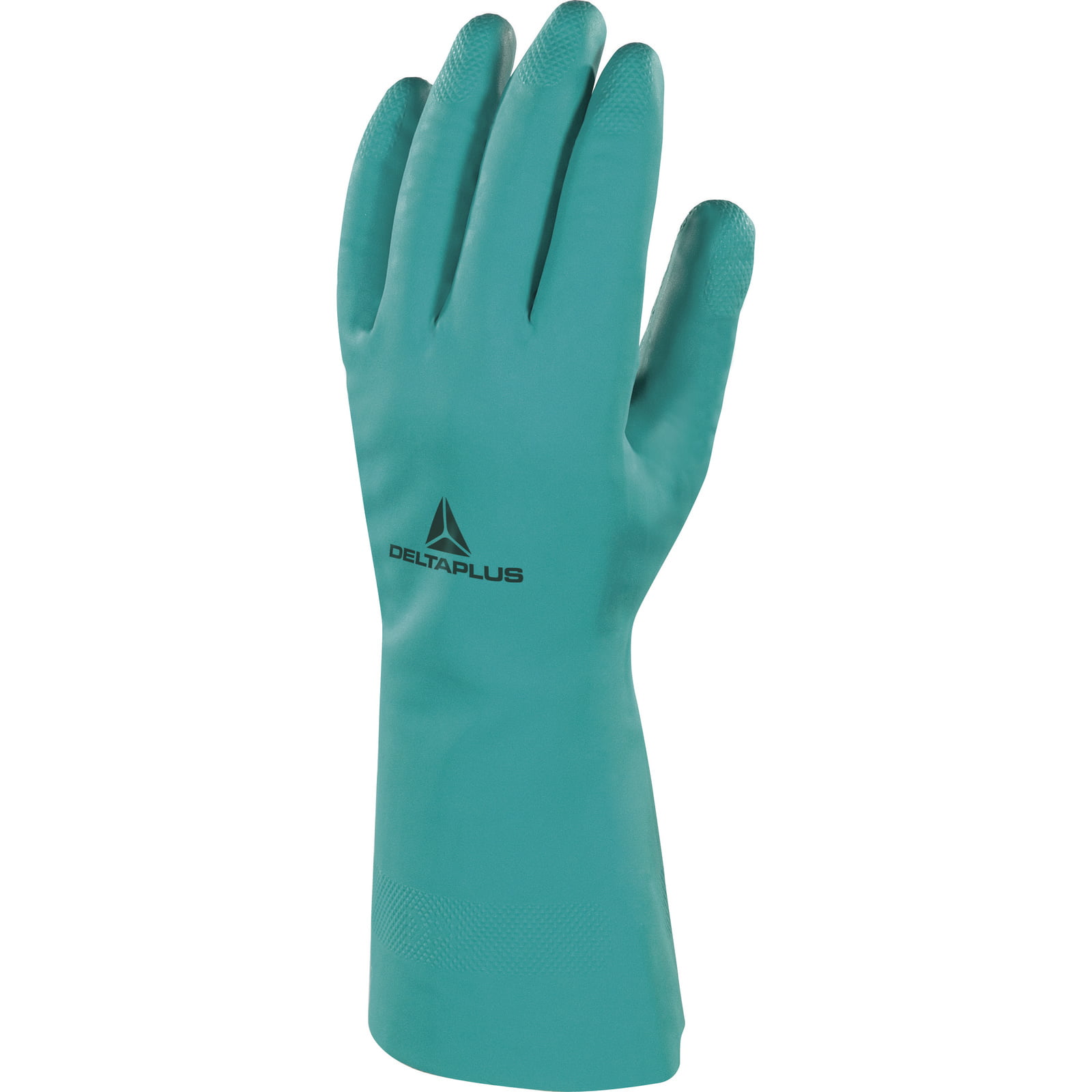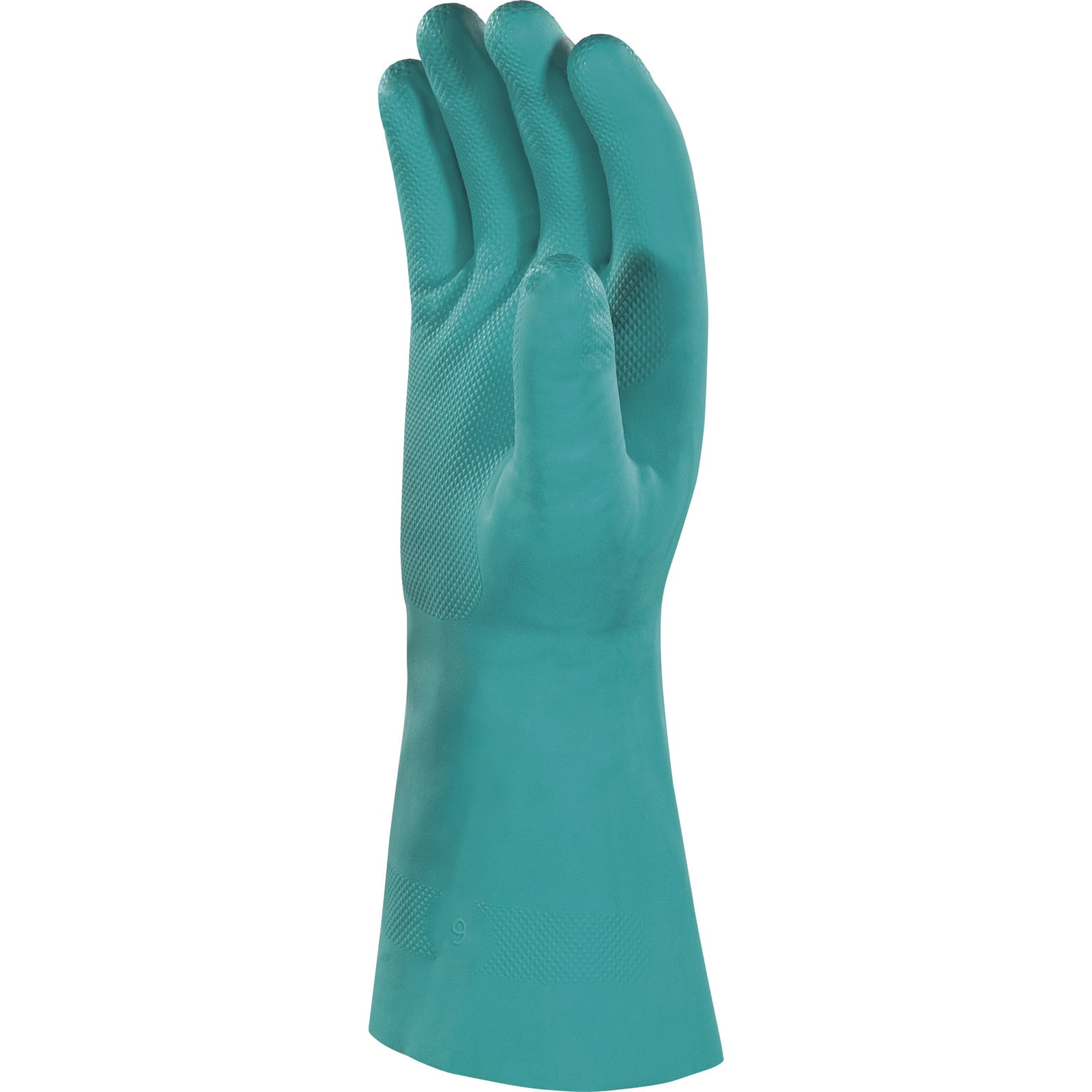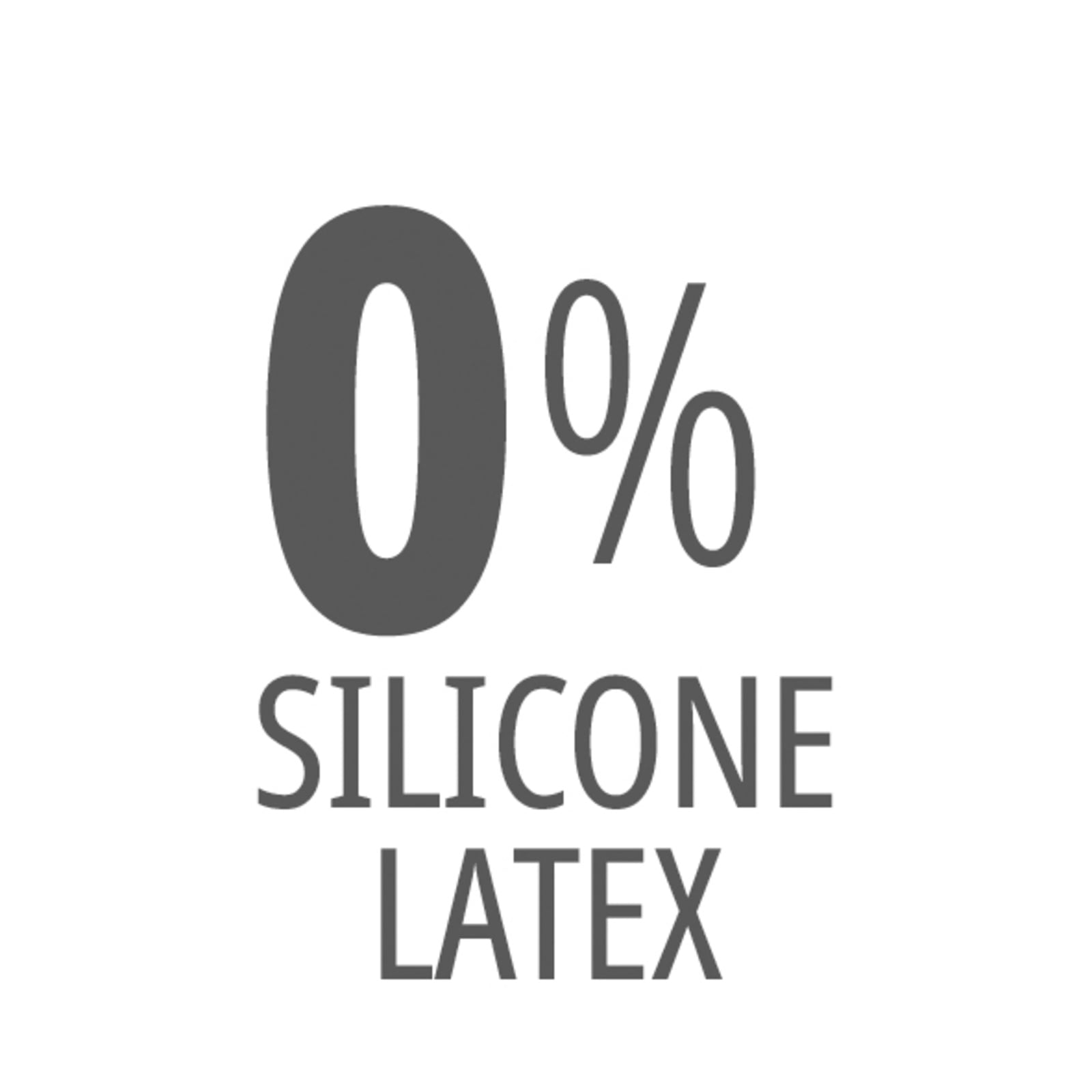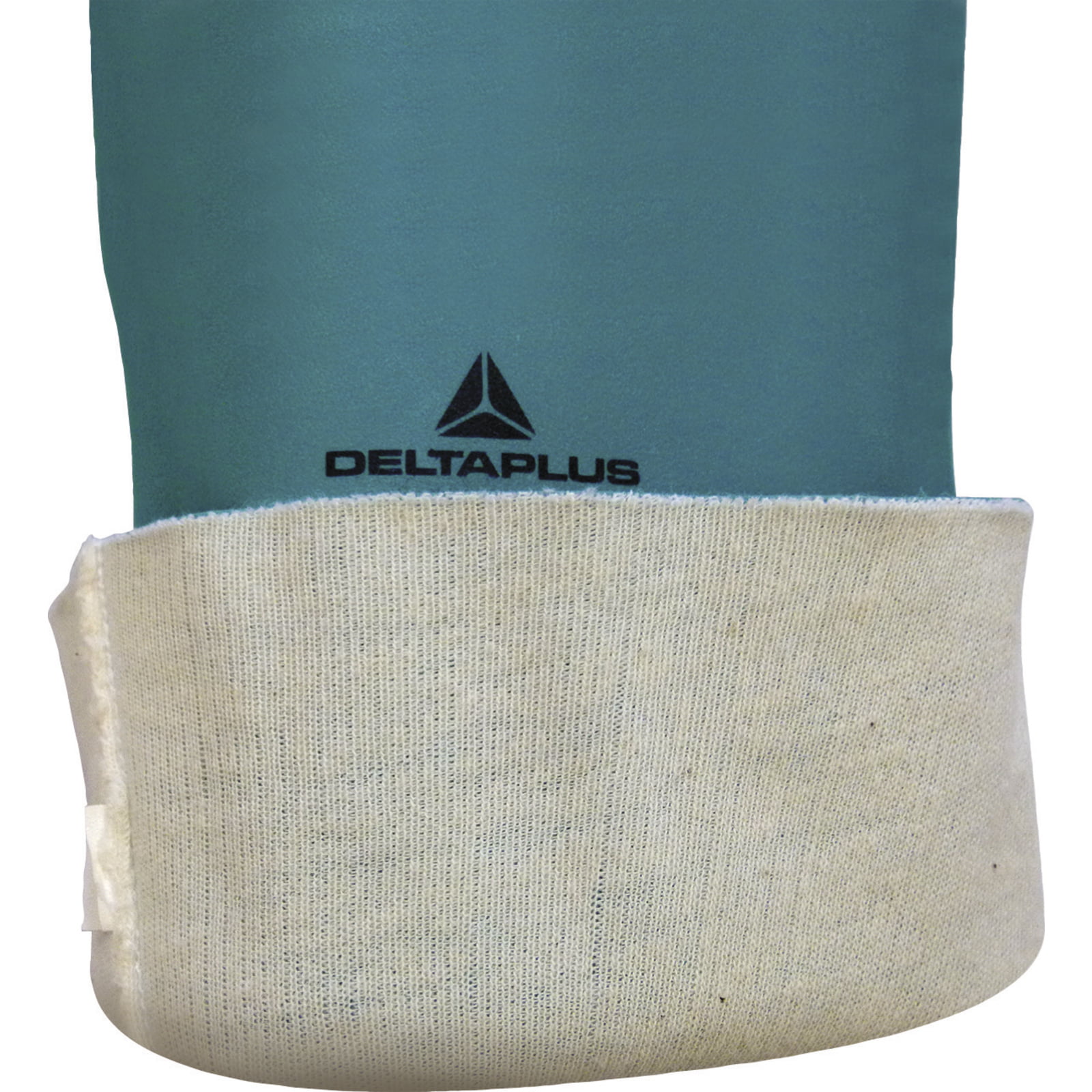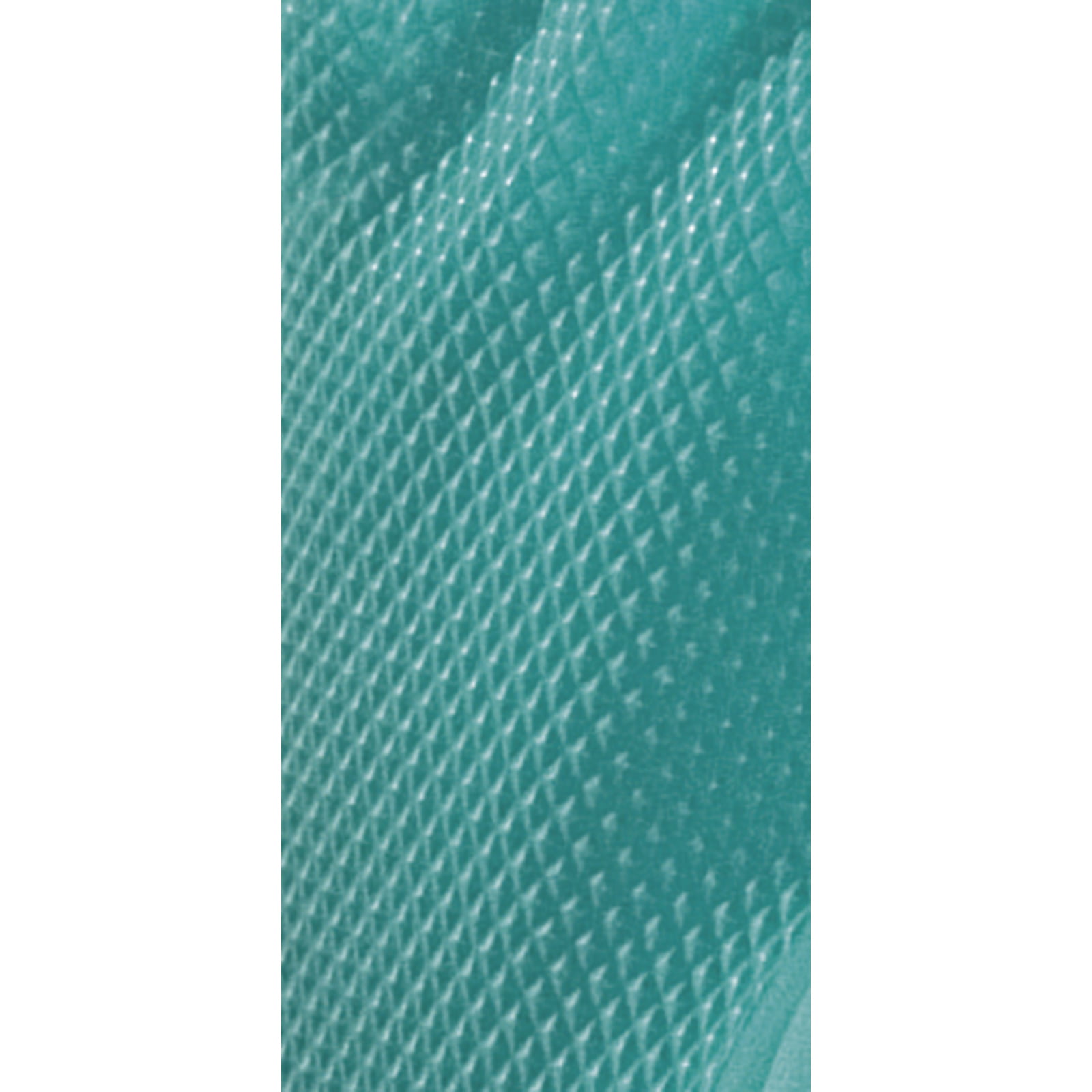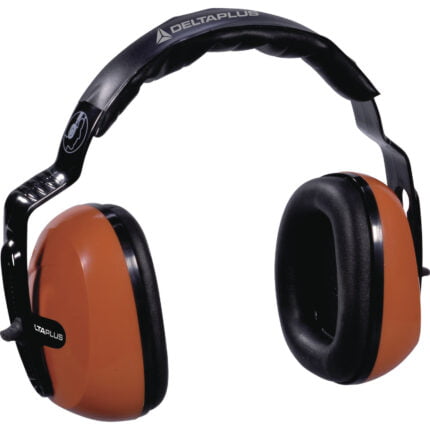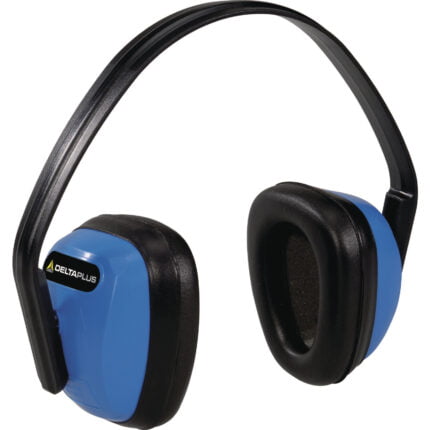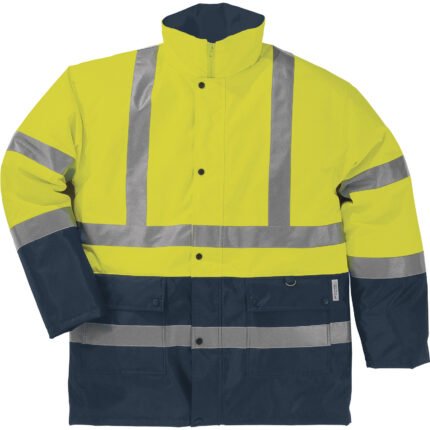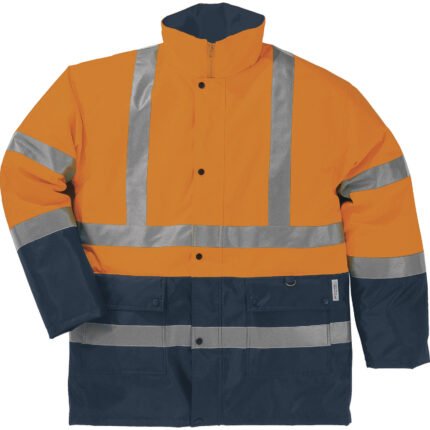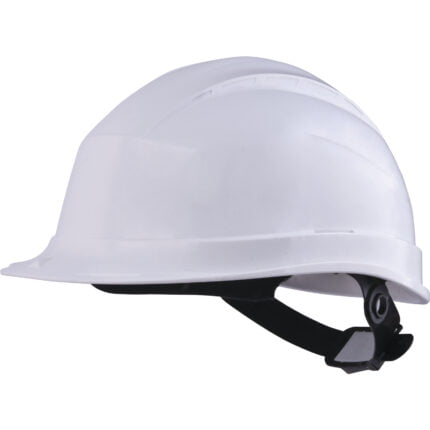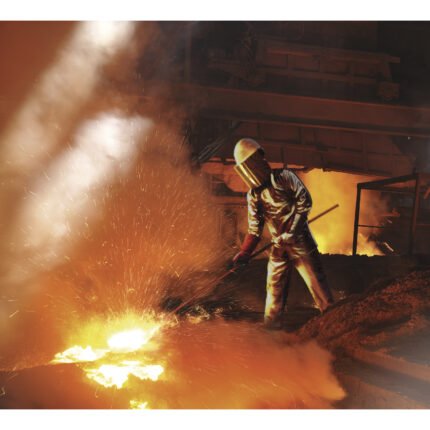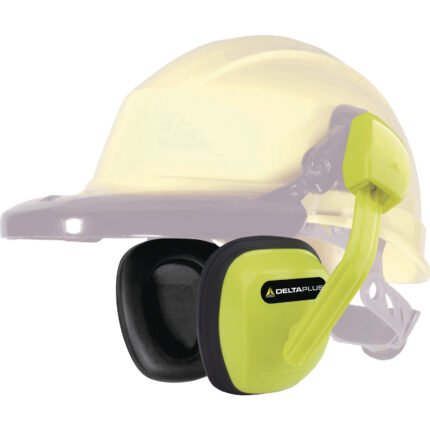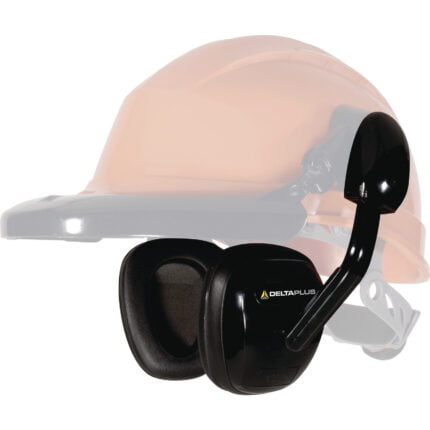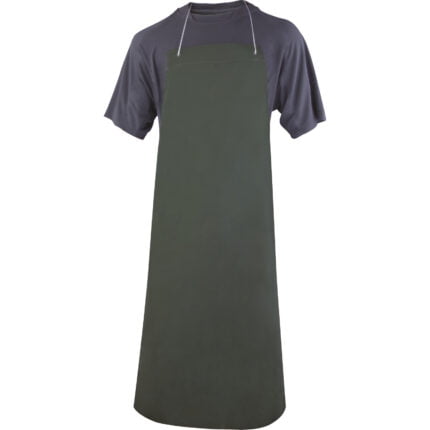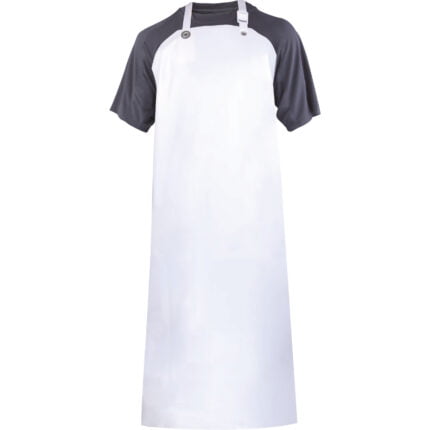COMPOSITION
Support: 100% interlock cotton.
Coating: 100% nitrile.
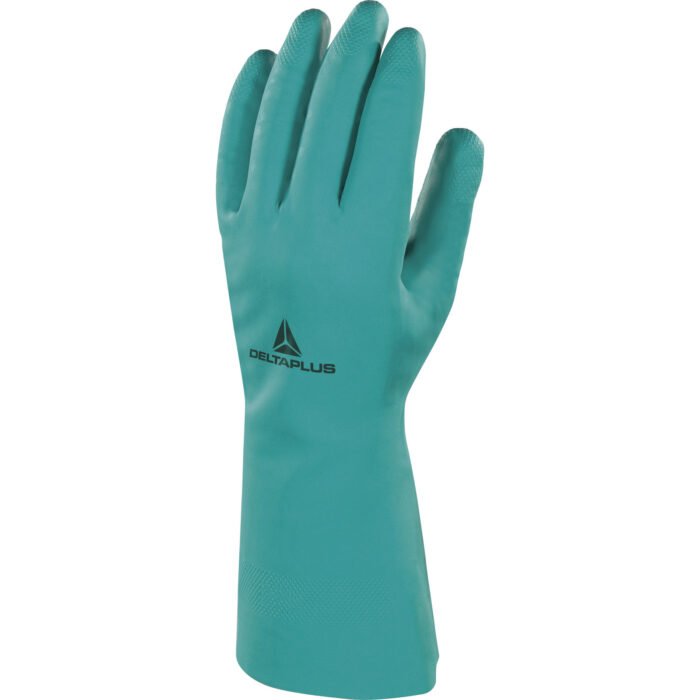
Norms
REGULATION (EU) 2016/425
-EN420:2003+A1:2009 : General requirements
-Dexterity (from 1 to 5) : 5
-EN388:2016 : Protective gloves against mechanical Risks (Levels obtained on the palm)
-Resistance to abrasion (from 1 to 4) : 4
-Resistance to cutting (from 1 to 5) : 0
-Resistance to tear (from 1 to 4) : 1
-Resistance to puncture (1 to 4) : 1
-Resistance to cutting by sharp objects (TDM EN ISO 13997) (from A to F) : X
-EN ISO 374-1:2016 : Protective gloves against dangerous chemicals and micro- organisms - Part 1: Terminology and performance requirements for chemical risks.
-Type A - Water and air tightness according to EN ISO 374-2:2019. Permeation resistance to at least 6 chemicals at level 2 according to EN16523-1: 2015, : A
-Determination of resistance to degradation by chemicals according to EN ISO 374-4: 2019. Part 4: Determination of resistance to degradation by chemicals. : .
-Méthanol (A) CAS 67-56-1 : 2 > 30 mn
-n-Heptane (J) CAS 142-85-5 : 6 > 480 mn
-Caustic soda 40% (K) CAS 1310-73-2 : 6 > 480 mn
-Sulphuric acid 96 % (L ) CAS 7664-93-9 : 3 > 60 mn
-Nitric acid 65% (M) CAS 7697-37-2 : 2 > 30 mn
-Acetic acid 99% (N) CAS 64-19-7 : 3 > 60 mn
-Ammonium hydroxide 25% (O) CAS 1336-21-6 : 4 > 120 mn
-Hydrogen peroxide 30% (P) 7722-84-1 : 6 > 480 mn
-Formaldehyde 37% (T) CAS 50-00-0 : 6 > 480 mn
-EN ISO 374-5:2016 : Protective gloves against dangerous chemicals and micro-organisms - Part 5: Terminology and performance requirements against micro- organisms risks.
-BACTERIA + FUNGI : Water and air tightness according to EN ISO 374-2:2019. : .
Product Used Risks
Heavy industry.
Construction / Civil engineering.
Oil / Gas.
Mining.
PARTICULES.
CHEMICAL.
Wearing.
BIOLOGICAL.
HIGHLIGHTS
Cut cotton interlock stitched.
Absorption of perspiration and moisture for improved comfort in everyday life.
Textured structure.
Good grip of handled objects.
Maximum abrasion performance.
Increased lifespan.

